
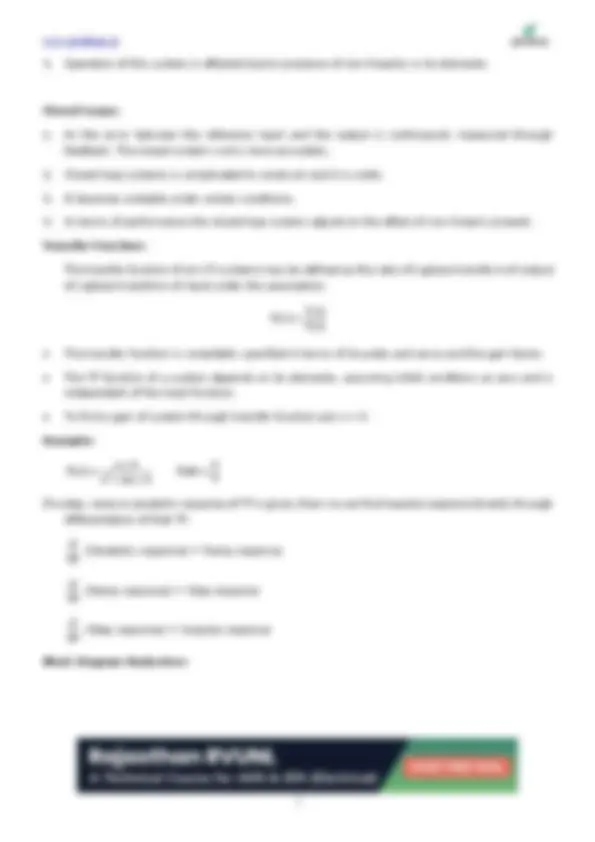
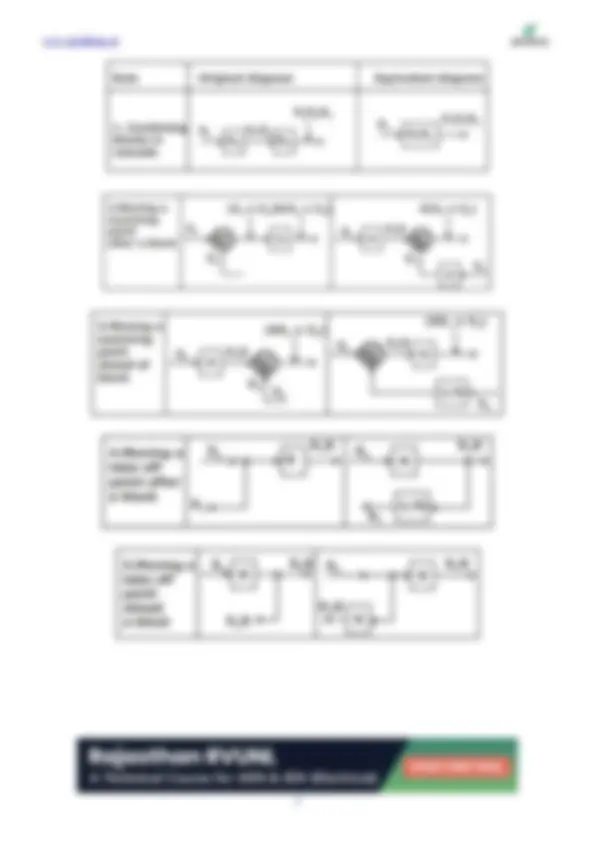
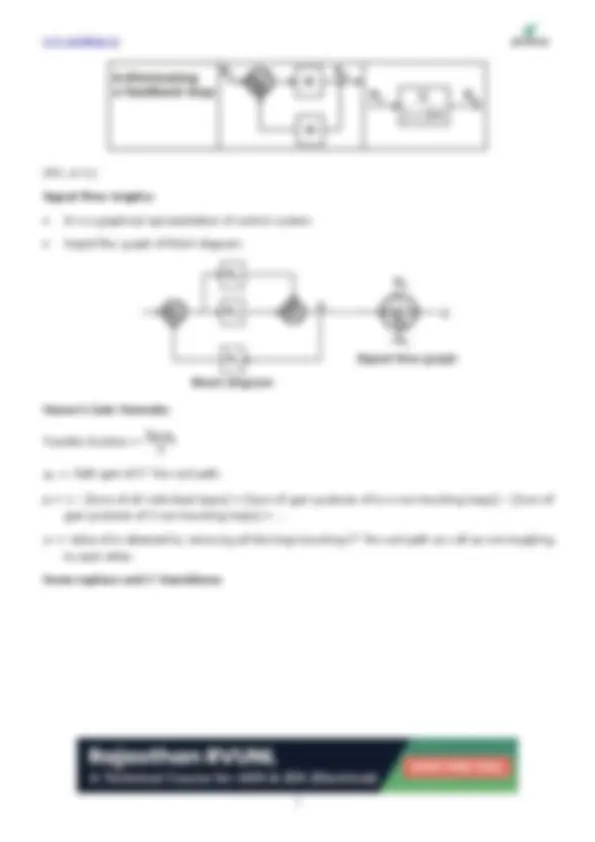
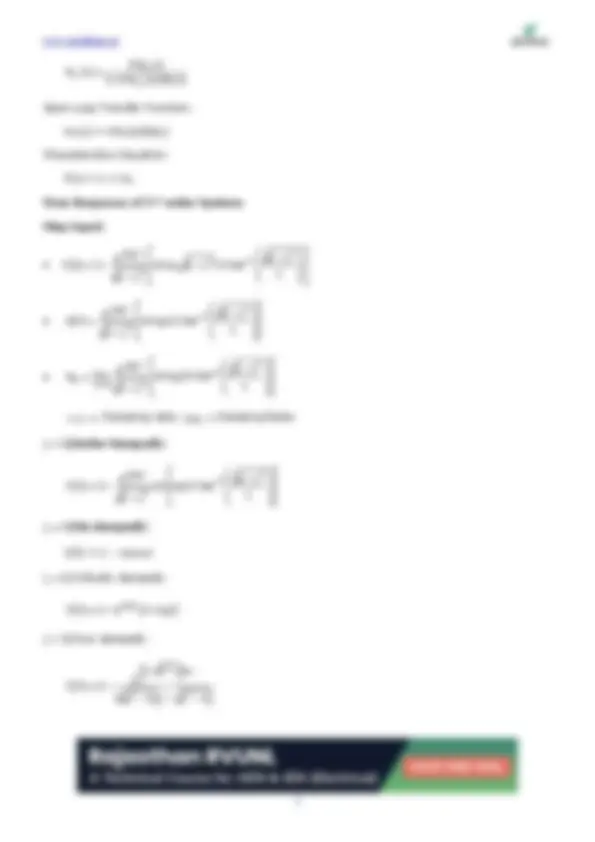
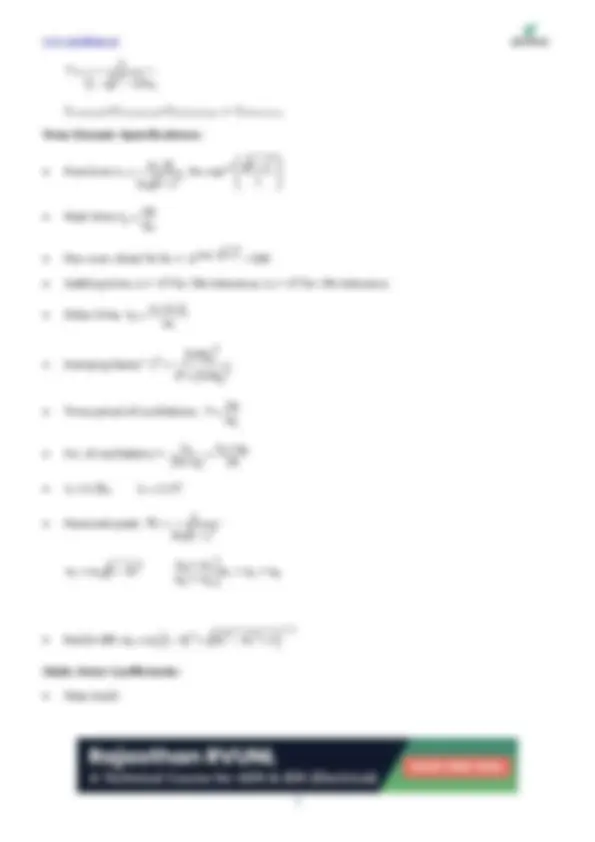
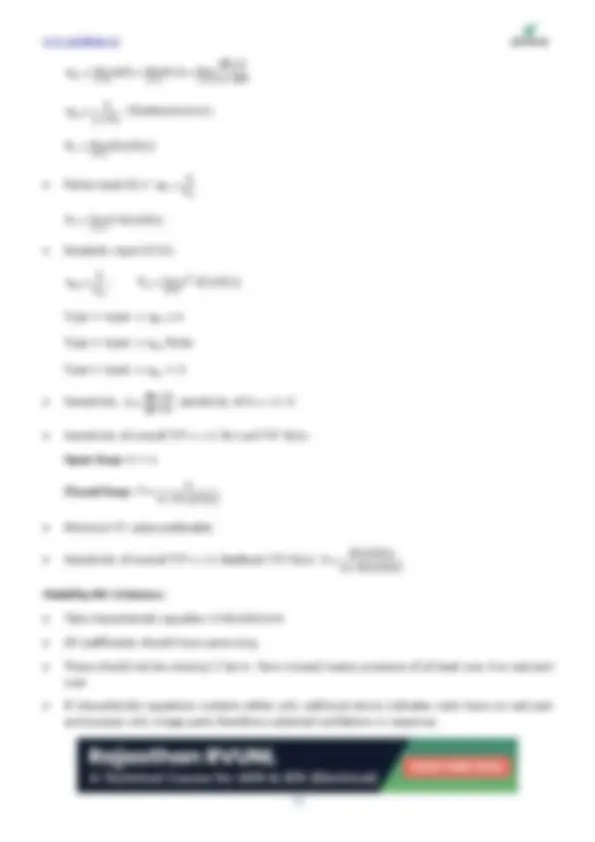
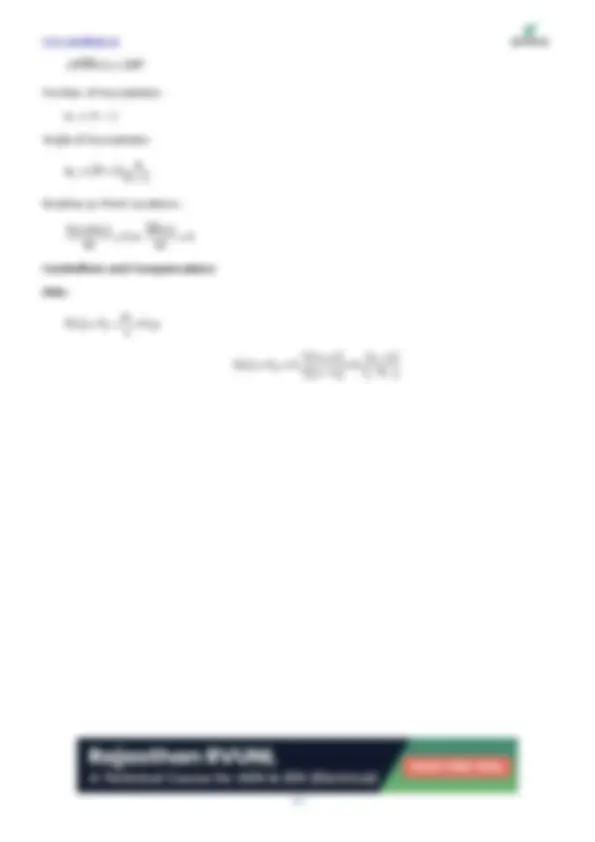


Study with the several resources on Docsity

Earn points by helping other students or get them with a premium plan


Prepare for your exams
Study with the several resources on Docsity

Earn points to download
Earn points by helping other students or get them with a premium plan
Community
Ask the community for help and clear up your study doubts
Discover the best universities in your country according to Docsity users
Free resources
Download our free guides on studying techniques, anxiety management strategies, and thesis advice from Docsity tutors
Control system theory Formula sheet
Typology: Cheat Sheet
1 / 13

This page cannot be seen from the preview
Don't miss anything!








Introduction
Open Loop Control Systems:
C s G s R s
When a designer designs, he simply design open loop system.
Closed Loop Control System:
It is also termed as feedback control system. Here the output has an effect on control action
through a feedback. Ex. Human being
Transfer Function:
Transfer function =
C s G s
R s 1 G s H s
Comparison of Open Loop and Closed Loop control systems:
Open Loop:
CONTROL SYSTEMS (FORMULA NOTES/SHORT NOTES)
Signal Flow Graphs:
Mason’s Gain Formula:
Transfer function =
k k p
pk → Path gain of k
th forward path.
∆ = 1 – [Sum of all individual loops] + [Sum of gain products of two non-touching loops] – [Sum of
gain products of 3 non-touching loops] + …
→ Value of ∆ obtained by removing all the loops touching k
th forward path as well as non-toughing
to each other.
Some Laplace and Z Transforms
Modified Z-Transform:
( )
−
=−
^ ^ ^
n
n
X z,m Z x n ,m x n m 1 .z
Final Value Theorem:
( ) ( ) ( ) ( ) s 0 z 1
x lim sX s lim z 1 X z → →
Initial Value Theorem:
s
x 0 lim sX s →
Euler’s Formula:
( ) ( )
j
Convolution:
−
Convolution Theorem:
( ) ( ) ( ) ( )
( ) ( ) ( ) ( )
L f t * g t F s G s
L f t g t F s * G s
=
=
Characteristic Equation:
Av v
wA lw
Decibels:
dB = 20 log(C)
Unit Step Function:
0, t 0 u t 1, t 0
Unit Ramp Function: r(t) = t.u(t)
p t t u t 2
Closed Loop Transfer Function:
p cl p
KG s H s 1 KG s Gb s
Open Loop Transfer Function:
Hol(s) = KGp(s)Gb(s)
Characteristics Equation:
F(s) = 1 + Hol
Time Response of 2 nd order System:
Step input:
n t 2 2 1 n 2
e 1 C t 1 sin 1 t tan
1
− −
nt 2 1 n 2
e^1 e t sin t tan
1
− −
n t^2 1 ss n t 2
e^1 e lim sin t tan
1
− −
→
→ →^ Damping ratio;^ n →Damping factor
1 (Under Damped):
n t^2 1 n 2
e 1 C t 1 sin t tan
1
− −
= 0 (Un damped):
C(t) = 1 – cosωnt
nt n
−
2 (^1) nt
2 2
e C t 1
2 1 1
− − − (^) = −
− − −
→ → →
ss t s 0 s 0
sR s e lim e t lim E s lim 1 GH
ss P
e 1 K
(Positional error)
s 0
K lim G s H s →
v
e K
s 0
K lim S G s H s →
→
2 ss a s 0 a
e , K lim s G s H s K
Type < input→ ess=
Type = input ss →e finite
Type > input ss →e = 0
sensitivity of A w.r.t. K.
Open loop: S = 1
Closed loop:
1 G s H s
G s H s S 1 G s H s
Stability RH Criterion:
root
and possess only image parts therefore sustained oscillations in response.
(a) Equation has at least one pair of real roots with equal image but opposite sign.
(b) has one or more pair of imaginary roots.
(c) has pair of complex conjugate roots forming symmetry about origin.
Position Error Constant:
p s 0
p z 1
K lim G s
K lim G s
→
→
Velocity Error Constant:
s 0 z 1
K lim sG s lim z 1 G s → →
Acceleration Error Constant:
2 2 a s 0 z 1
K lim s G s lim z 1 G s → →
General System Description:
−
Convolution Description:
−
Transfer Function Description:
State Space Equations:
Transfer Matrix:
1 C sI A B D H s
− − + =
1 C zI A B D H z
− − + =
Transfer Matrix Description:
Number of Asymptotes:
Na = P – Z
Angle of Asymptotes:
Breakaway Point Locations:
0 or 0 ds dz
Controllers and Compensators:
i p d
D s K K s s
T z 1 z 1 D z K K K 2 z 1 Tz